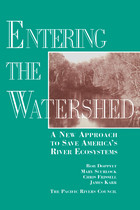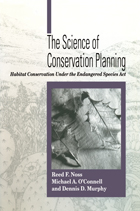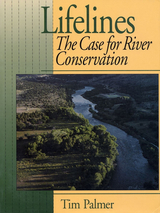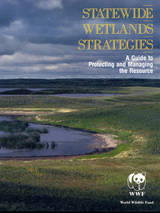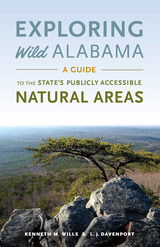Cloth: 978-0-292-70576-0 | Paper: 978-0-292-70597-5 | eISBN: 978-0-292-77497-1 (ePub) | eISBN: 978-0-292-79716-1 (PDF)
Library of Congress Classification QH76.S639 2005
Dewey Decimal Classification 333.9522160973
Protecting endangered species of animals and plants is a goal that almost everyone supports in principle—but in practice private landowners have often opposed the regulations of the Endangered Species Act, which, they argue, unfairly limits their right to profit from their property. To encourage private landowners to cooperate voluntarily in species conservation and to mitigate the economic burden of doing so, the government and nonprofit land trusts have created a number of incentive programs, including conservation easements, leases, habitat banking, habitat conservation planning, safe harbors, candidate conservation agreements, and the "no surprise" policy.
In this book, lawyers, economists, political scientists, historians, and zoologists come together to assess the challenges and opportunities for using economic incentives as compensation for protecting species at risk on private property. They examine current programs to see how well they are working and also offer ideas for how these programs could be more successful. Their ultimate goal is to better understand how economic incentive schemes can be made both more cost-effective and more socially acceptable, while respecting a wide range of views regarding opportunity costs, legal standing, biological effectiveness, moral appropriateness, and social context.
See other books on: Citizen participation | Economic aspects | Endangered species | Nature conservation | Shogren, Jason F.
See other titles from University of Texas Press




